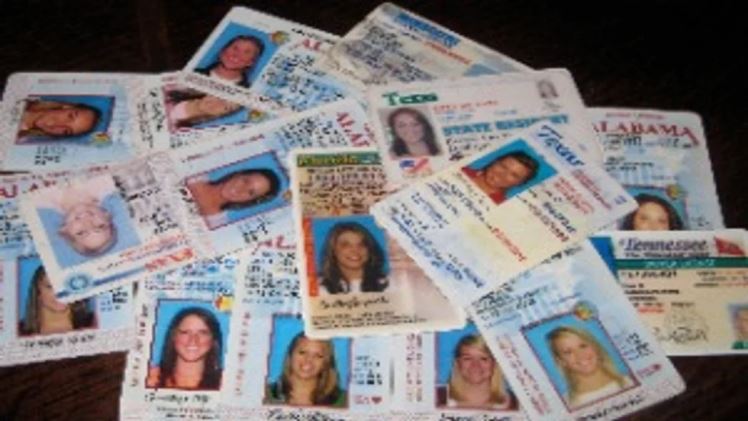The Intersection of Fake IDs and Digital Privacy Concerns

In the digital age, the proliferation of fake IDs intersects with growing concerns around digital privacy and security. As individuals and institutions navigate the complexities of identifying counterfeit documents, they increasingly rely on digital verification methods. This reliance, however, raises important questions about the balance between effective ID verification and the protection of personal privacy. This article explores the implications of this intersection for individuals, businesses, and regulators.
The Digital Verification Landscape
The Shift to Digital ID Verification
The use of digital platforms and tools for ID verification has become more prevalent, offering a more efficient way to combat the issue of fake IDs. From fake driver’s licenses to forged passports, digital verification systems utilize databases, biometric data, and machine learning algorithms to detect counterfeit documents. This shift aims to reduce the use of fake IDs in illegal activities and age-restricted purchases.
Privacy Concerns and Data Security
With the increased use of digital verification comes the concern over the privacy and security of personal information. Biometric data, in particular, poses a significant risk if mishandled or exposed in a data breach. Individuals are rightfully wary of how their sensitive information is stored, used, and shared in the process of digital ID verification.
Balancing Act: Verification and Privacy
Striking the Right Balance
Finding the right balance between rigorous ID verification and the protection of individual privacy is a pressing challenge. This balance is crucial to ensure that efforts to deter fake IDs do not infringe upon the rights and privacy of individuals. Transparent policies, robust security measures, and options for consent are key components in maintaining this equilibrium.
Regulatory Frameworks and Protections
Governments and regulatory bodies play a critical role in establishing frameworks that protect personal privacy in the context of ID verification. Regulations like the General Data Protection Regulation (GDPR) in the European Union set standards for data protection and privacy, offering a model for how other jurisdictions might approach the privacy implications of digital verification methods.
The Future of ID Verification
Innovations in Privacy-Preserving Technologies
The future of ID verification lies in the development of privacy-preserving technologies. Solutions like blockchain and zero-knowledge proofs offer ways to verify the authenticity of an ID without exposing or directly sharing personal data. Such technologies can provide a secure, privacy-focused approach to combating fake IDs.
The Role of Public Awareness and Education
Educating the public about the risks and benefits of digital ID verification is essential. Awareness campaigns can inform individuals about their rights, the importance of digital privacy, and the measures in place to protect their personal information. An informed public is better equipped to navigate the digital landscape safely and confidently.
Conclusion
The intersection of fake IDs and digital privacy concerns highlights the need for a careful approach to ID verification in the digital age. As technology evolves, so too must our strategies for protecting personal privacy while combating counterfeit documents. Through innovation, regulation, and education, it’s possible to create a verification ecosystem that is both effective against fake IDs and respectful of individual privacy. Balancing these priorities will remain a key challenge and necessity as we move forward.


